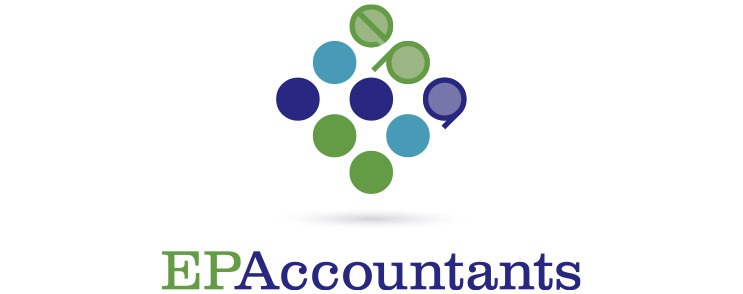There is a plausible link between a rise in tax payments if tax rates increase or if tax allowances and reliefs fall. But what happens if there is no change in tax rates or allowances?
In this case, there would be an assumption that taxes would not increase; why would they if rates and allowances remain stable?
However, whilst tax rates and allowances may not increase, your earnings may increase and create a larger tax bill.
Unfortunately, many of the tax rates and reliefs are frozen, remaining at the same level for a number of years. For example, the Income Tax personal allowance and the higher-rate threshold – at which point taxpayers will pay 40% Income Tax on income over this limit – will remain at the 2021-22 levels until 2025-26.
Inflation adds its own spike to this process. With inflation running at the present 10% rate, the value of your Income Tax personal allowance – presently £12,570 – would drop to just over £8,000 in real terms after 4 years. If you have managed to secure pay increases to maintain the value of your earnings, your income subject to tax will increase. In some circumstances this may push your earnings into the 40% Income Tax bracket.
This is unfortunate and means that your efforts to maintain your earnings in real terms will be reduced by increased tax and possibly NIC deductions.
Let’s hope that the Treasury will relieve its tax by stealth choke-hold on tax allowances in the next budget, and inflation proof taxes such that additional earnings to cover inflation will not be taxed unduly.



